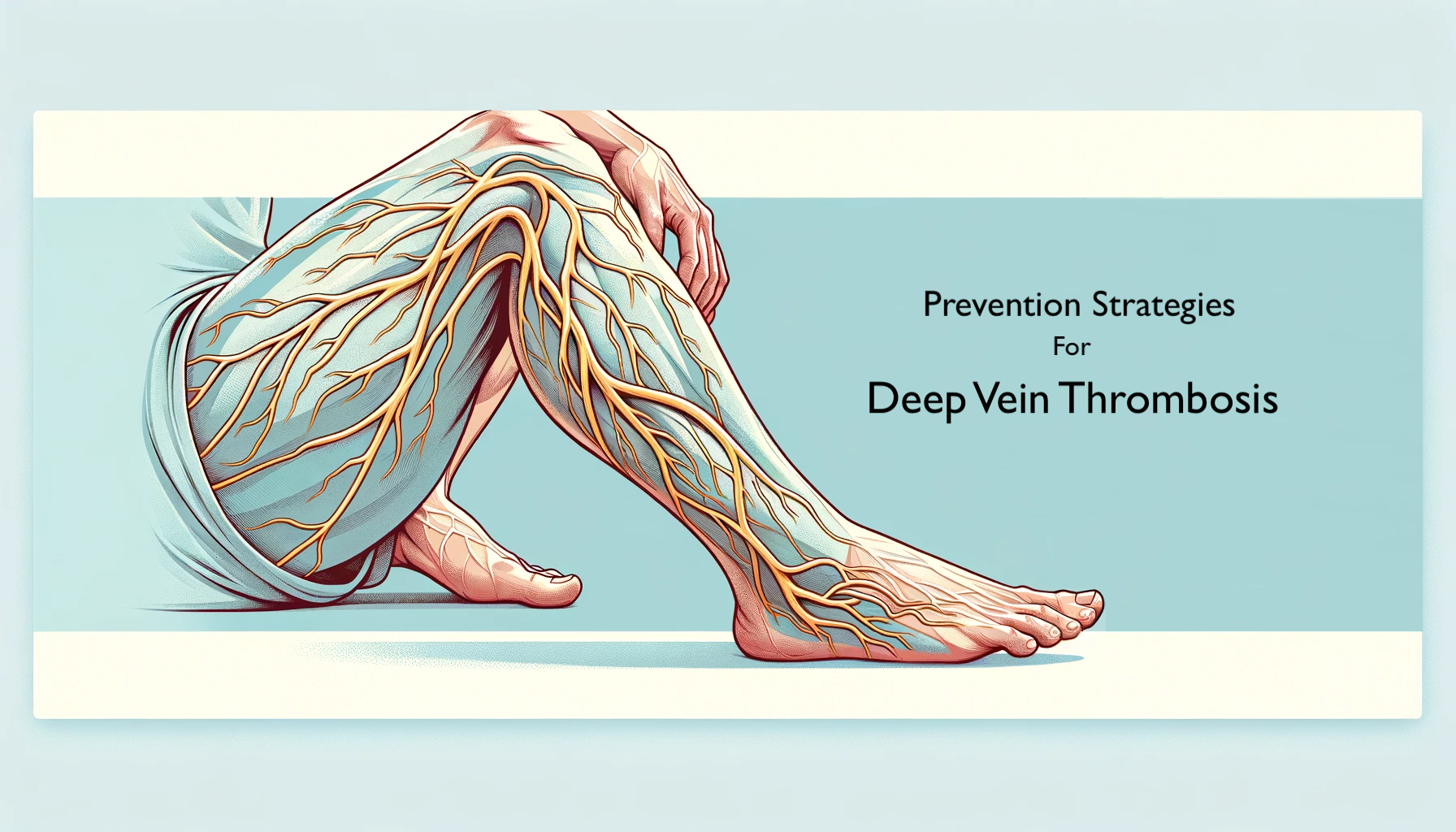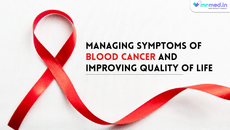Deep vein thrombosis is a critical condition where a blood clot forms in the veins deep inside the body. It may cause the vein to be partially or completely blocked, disturbing the blood flow through veins, most commonly affecting the veins of calves, thighs, and pelvis. DVT are more common in elderly or occur after either a hospital stay or following surgery.
Symptoms of DVT
- Swelling in legs, thighs, or arms (enlarged veins).
- Pain or tenderness may present involving physical activities.
- The affected area may be warmer, and the skin may appear reddish.
Tests to find out DVT
1. Duplex venous ultrasound:
This is the most common and standard test for DVT; using ultrasound waves that travel throughout the body, your doctor can identify blood clots across various veins. It is a non-invasive procedure and highly specific; hence, it is widely accepted.
2. Venography:
This is an invasive approach involving injecting a contrast dye in the veins of the body and using various imaging techniques including X-ray, fluoroscopy or Computed tomography to visualise and monitor for any blood clots in real time. It is rarely used due to its invasive procedure.
3. D-dimer blood test:
It is usually a part of the diagnostic algorithm. It is a type of protein found in blood when the clot dissolves. In addition, the imaging tests confirm the presence of DVT; however, they are not solely used since it is less specific and can be positive under various conditions of infections, inflammations, and trauma.
4. MRV (Magnetic Resonance Venography):
It is a specialized MRI test that can provide detailed visualization of the veins. It can be applied when there is inconclusive evidence of other tests involving DVT.
Prevention and Treatment of DVT
1. Anticoagulants:
These are the class of medications that help prevent the blood from clotting. These classes of medications exert their action by interfering in various steps involved in the coagulation cascade and preventing the blood from forming clots. They are usually referred to as blood thinners. Some of the medications prescribed for DVT include,
- Heparin
Heparin inhibits the blood clot by activating antithrombin of the coagulation cascade and ensures blood runs smoothly. Two types of heparin are in use:
- Unfractionated heparin (UFH).
- Low molecular weight heparin
2. Direct oral anticoagulants:
These categories of medications have added advantages over traditional anticoagulants like heparin, and warfarin due to their dosage form, fewer medication interactions, fixed-dose regimens, rapid onset of action, and decreased bleeding risk compared to other anticoagulants.
Medication like Eliquis 5mg tablet containing Apixaban works by inhibiting specific clotting factors, making it an effective and convenient option for patients with DVT.
Usually, anticoagulation therapy is started with low molecular weight heparin for 5-10 days intravenously and later switched on to oral anticoagulants for a prolonged period of time. In some cases, this can be bypassed by starting with oral anticoagulants, depending upon severity.
3. Thrombolytic therapy:
This therapy is particularly used to dissolve blood clots in extremely fatal and serious cases where other anticoagulants are effective. They are also referred to as clot-busting medications. It is used at the last stages since it poses a higher risk of bleeding and requires close monitoring in hospital settings.
4. Inferior Vena Cava (IVC) filter:
It is a small cone-shaped medical device that is inserted into the inferior vena cava that stops the passage of blood clots to other organs, such as the lungs, preventing further complications. It is mostly employed in cases where the patients are unable to take oral anticoagulants due to the risk of bleeding. It is an invasive procedure often carried out by administering local anesthesia.
5. Compression stockings:
These compression stockings are useful in alleviating the swelling around your legs. They work by giving the highest compression and pressure at your ankle that gradually loosens near the knee. This pressure prevents the blood from accumulating in veins and relieves pain and swelling.
6. Lifestyle changes:
- Practice walking for at least 30 minutes every day. It is not recommended to sit idle as it increases the risk of DVT.
- Quit smoking.
- Weight management is essential as being overweight increases the risk of developing DVT.
Conclusion
As mentioned DVT poses a threat and if left untreated it possesses various life threatening complications.Individuals must always consult a healthcare provider in developing a personalised treatment approaches. Hence ,it becomes crucial to manage DVT after its development and prevent its progress. Following essential preventive strategies and medical therapy is key in the management of DVT.




